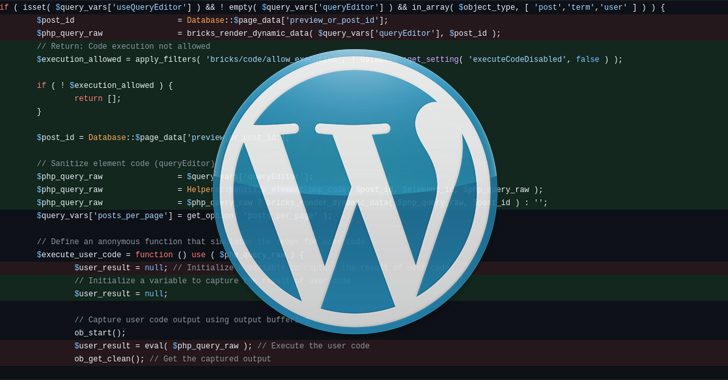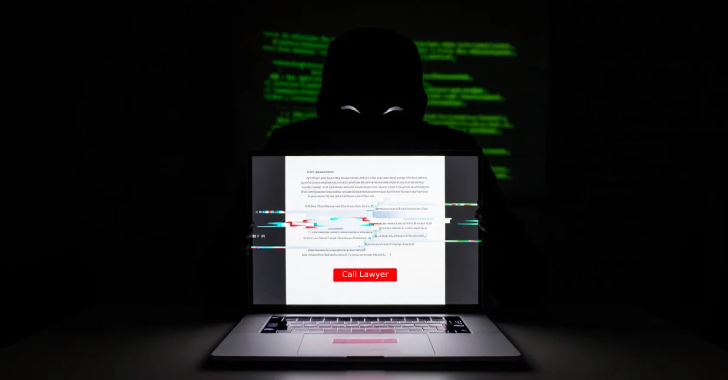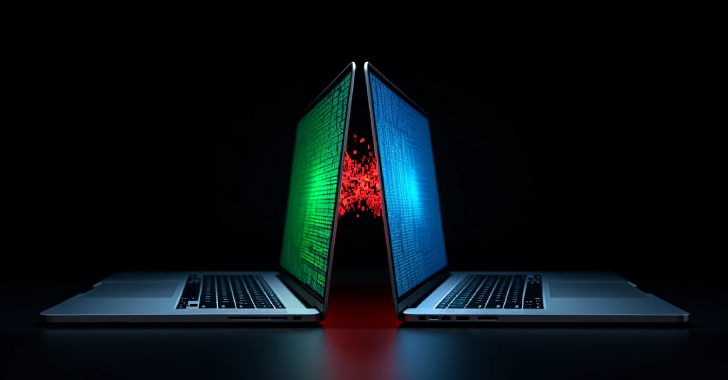A critical security flaw in the Bricks theme for WordPress is being actively exploited by threat actors to run arbitrary PHP code on susceptible installations.
The flaw, tracked as CVE-2024-25600 (CVSS score: 9.8), enables unauthenticated attackers to achieve remote code execution. It impacts all versions of the Bricks up to and including 1.9.6.
It has been addressed by the theme developers in version 1.9.6.1 released on February 13, 2024, merely days after WordPress security provider Snicco reported the flaw on February 10.
While a proof-of-concept (PoC) exploit has not been released, technical details have been released by both Snicco and Patchstack, noting that the underlying vulnerable code exists in the prepare_query_vars_from_settings() function.
Specifically, it concerns the use of security tokens called “nonces” for verifying permissions, which can then be used to pass arbitrary commands for execution, effectively allowing a threat actor to seize control of a targeted site.
The nonce value is publicly available on the frontend of a WordPress site, Patchstack said, adding there are no adequate role checks applied.
“Nonces should never be relied on for authentication, authorization, or access control,” WordPress cautions in its documentation. “Protect your functions using current_user_can(), and always assume nonces can be compromised.”
WordPress security company Wordfence said it detected over three dozen attack attempts exploiting the flaw as of February 19, 2024. Exploitation attempts are said to have commenced on February 14, a day after public disclosure.
A majority of the attacks are from the following IP addresses –
200.251.23[.]57
92.118.170[.]216
103.187.5[.]128
149.202.55[.]79
5.252.118[.]211
91.108.240[.]52
Bricks is estimated to have around 25,000 currently active installations. Users of the plugin are recommended to apply the latest patches to mitigate potential threats.
Found this article interesting? Follow us on Twitter and LinkedIn to read more exclusive content we post.






